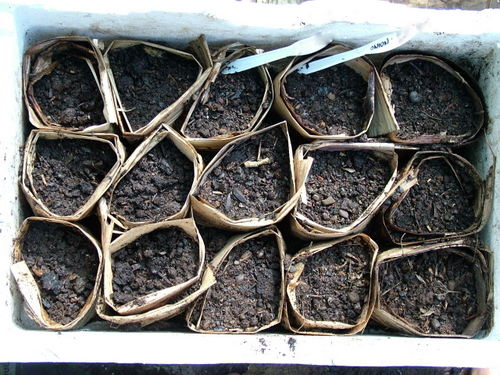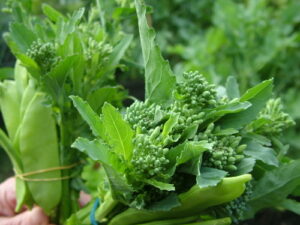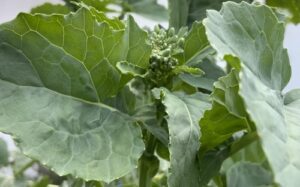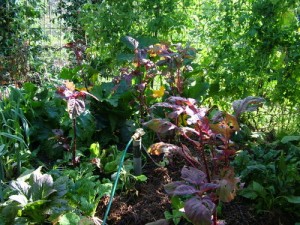Today and tomorrow are the shortest days of the year. I find it really difficult to appreciate short days, so I’m very glad I don’t live further south. This far north the short days are not all that short – sunrise is 6.40 am and sunset just before 5 pm – a daylength of over 10 hours. At the other end of the year though, the days are not all that long. At the summer solstice, the sun will rise around 5.45 am and set around 7.45 pm – a daylength of 14 hours.
Long day onions need 14 hours of daylight to bulb up, and we don’t get it for long enough this far north. Onions are strongly day-length sensitive, so you need to choose your onion variety not by your climate but by your latitude. This far north I have to choose short to medium daylength varieties, or they just go to seed without developing a bulb at all and I have a fairly short planting season. Most of the year I’m limited to spring onions.
So this is the last onion planting opportunity of the year for me and there’s limited varieties that are both short enough daylength and able to be planted this late. I’m planting Gladalan Brown this time. I’d love to be able to get hold of some Wallon Brown seed since they are better for storage.
I’m planting the seed in seed raising mix – half creek sand, half mature compost – in my leaf tubes in the shadehouse. I shall plant them out in the garden in about a month’s time, by digging a little hole and dropping in the whole tube, creating a little clump of half a dozen or so onions. By spreading them around the garden like this I reduce the risk from pests and diseases. I keep them away from the peas though, since they are unfriendly to the bacteria that legumes like peas depend upon.
I have a fair number of onions of various kinds in the garden now, but we eat so many of them that there can never be enough!




Thanks for the tip to keep them away from the peas, Linda! Can you please tell me something – if I have a sprouting onion, and I plant it in the garden, will it make more onions? Or should I just eat the green tops as spring onions like I’ve been doing? Thanks..
Onions are naturally biennials. What that means is that for the wild ancestors, the growth and reproduction cycle was that the seed would germinate as soon as the days started lengthening. The plant would grow all summer and as the days shortened, produce a bulb of stored food. For the winter, it would go dormant, then, when the days started lengthening again the bulb would give it enough of a head start to be able to shoot up new leaves followed closely by a seed head in spring. The plant would thus be able to produce seeds quite early in the summer, so the new baby plant would have enough time to grow up enough to produce a bulb of stored food before the winter. And so on. You can see the advantage for the plant. If it seeded in its first year, it would be quite late in the growing season and the seeds or baby plants would have to survive a winter. So, that’s a long way round to saying, your sprouted onion is in its seed producing stage, and is trying to produce seeds, not another bulb. Unless you keep eating its leaves!
Oh, but it’s leaves are soooo delicious! Much more delicious than spring onions! 🙂
PS. Thank you very much for all the info! 🙂
Love onions – have no luck in bying them so we get big 20kg bags for $18 from the regional fruit markets and divide them up. But they do spoil quickly so there is a reason to keep eating them when buying in bulk.